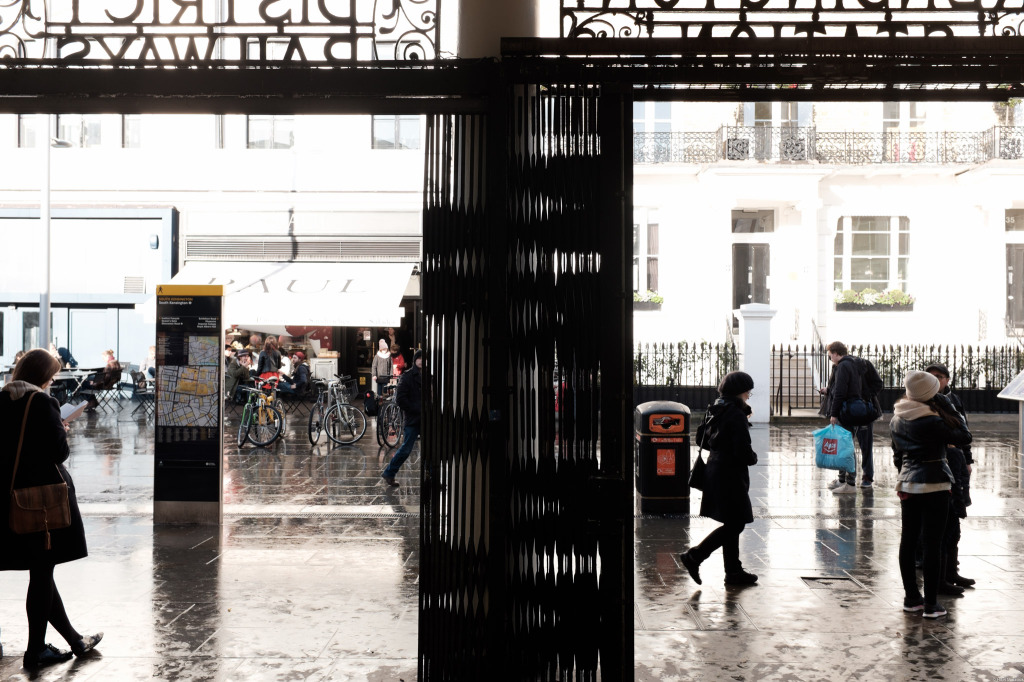The Fuji X100T – First Impressions
07 Dec 2014I love gadgets. Cameras even more. Over the past decade, I’ve gone through quite a collection of photography devices. Starting with a Canon EOS 350 film camera, which I still have and up to a 5D, and even an old Polaroid SX-70.
However, none of these cameras created an emotional bond, or felt like that they were made for me. Heck, I think the 5D is a brute who can make great picture of anything I throw at it.
That changed when I got the Fuji X100. I bought it as a lightweight travel camera. It changed how I approached photography. I wasn’t worried about the perfect settings anymore. The tactile controls of the X100 gave a physical element to creating photographs.
The X100 was a difficult camera though. It was moody and needed coaxing to make the best of the available light. The auto focus was slow, and the manual focus was, unusable. The camera did deliver when I’ve had the patience.
In Arles, France, earlier this summer, I learned the art of shooting from the hip. Inspired by the excellent book, with the same name by Johnny Stilletto. I needed a camera that is responsive as a natural reflex, to capture the scene. A camera that encourages a minimalistic style of shooting.
The Fuji X100T shows maturity of the X100 line. The X100 and the X100s were brave steps towards making cameras beautiful again. Naturally, I placed a pre-order for the X100T and when it arrived took it out for a little spin this weekend.
The auto focus is fast. The start up is fast. The camera is ready by the time I lift it up to my eye. The optical view finder (OVF) has wider coverage compared to the X100. The electronic view finder (EVF) is responsive with a crisper view. It doesn’t lag. Previously the tiny bit of lag was enough to mess my composition. The view finder has a tidy layout, with all the indicators outside of the frame. There is not much that gets in the way of composing a scene. In addition I’ve been turning off all but the essential indicators.
The manual focus is usable. The focus ring turns smoothly but still as not as smooth as on a EF lens. It still has little bit of a tactile disconnect between what I do and what I see. The 1/3 aperture step change on the control ring is a welcome change. Previously,I didn’t like using the command dial to change to f3.5. The buttons on the back give the same solid feedback as the rest of the control dials. Control consistency is great. On the X100, the dial was a tad hypersensitive and I’ve switched to the wrong shooting mode accidentally, on many occasions.
I love the Wifi connectivity and remote shooting capabilities. I’m using an iPad for my editing workflow, and this will be excellent while travelling. I can make do with fewer SD cards now.
I’m not entirely sold on the film simulations, and have rarely used it. I’m impressed with how little post processing I’ve had to do with what I’ve shot on the X100, even in RAW mode. The X100T can shoot in a square aspect ratio, in camera. This is great for photos that are posted to Instagram later.
I doubt the reliability of the battery level indicator on the X100T. It showed that the battery was almost empty, but after turning it off and on again it went back to showing that it’s 75% full. I expect the battery to last at-least for a whole day’s worth of shooting. I have to question why Fuji doesn’t include an adaptor ring and a lens hood with the camera, considering it’s a premium compact.
Overall, I love how the X100T responds to my instinct and doesn’t stand in the way of snapping up what’s happening around me. I’ve never been this excited to use a camera. Well, at least till the next one comes out.

